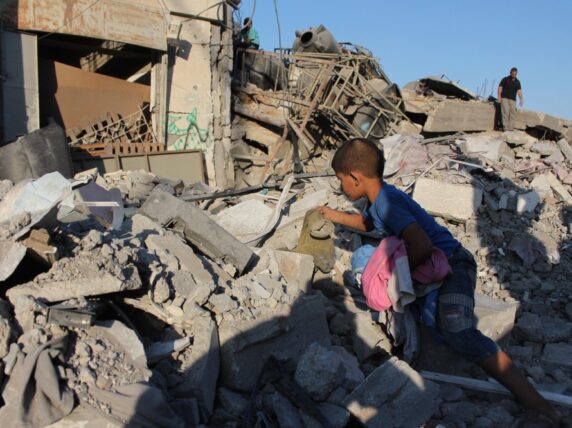Global Public Investment as the key to ending inequalities in the HIV response
The theme for this year’s World AIDS Day is “Equalize”.
This theme was chosen to highlight the critical importance of addressing the inequalities that hold back progress in ending AIDS. Over the years we’ve welcomed advances in medical science and technology that have prolonged and enhanced the lives of people living with HIV. However, only a select few benefit from these advancements.
Inequalities persist for the most basic services like testing and treatment, and even more so for new technologies. People living with HIV, in all their diversity, continue to be othered and affected by inequalities such as racism, homophobia, sexism and criminalisation.
Gender inequality in the HIV response increases both vulnerabilities to HIV and intensifies its impact. Young women and adolescent girls aged 15-24 make up 61% of all young people aged 15-24 living with HIV, and AIDS-related illnesses remain the leading cause of death among women aged 15–49 years in Sub-Saharan Africa . Yet many global health strategies fail to address the gender-specific aspects of HIV and AIDS, in particular how it impacts marginalised women and what needs to be done to support them.
Other key groups—including gay men and other men who have sex with men, transgender people, people who use drugs, sex workers, and prisoners— face major barriers to accessing healthcare including criminalisation, discrimination and stigma. The People Living with HIV Stigma Index found that from 50 countries, roughly one in eight people living with HIV are denied health services because of stigma and discrimination.
Global health inequalities must be addressed urgently
Inequality affects global health. Recently, this has been most evident in the unequal distribution of Covid-19 vaccinations, which was impacted by both macro (a country’s economic status, infrastructure or health system) and micro determinants of inequality (household income, employment, residency in deprived areas, race etc.).
Subscribe to our newsletter
Our weekly email newsletter, Network News, is an indispensable weekly digest of the latest updates on funding, jobs, resources, news and learning opportunities in the international development sector.
Get Network NewsInequalities must be addressed at every level of global health governance and architecture as a matter of urgency. This means proposing and implementing new solutions for creating more equity across health and human development for all people.
Is Global Public Investment the solution?
One solution that is gaining attention and support is the concept of Global Public Investment (GPI). GPI is a new paradigm of international public finance whereby governments cooperate to secure international public policy outcomes via collective contributions of percentage of GNI per capita. The mechanism to pay for agreed global public policy outcomes, such as achieving universal health coverage, would not be a singular fund. Instead this investment would be channelled through existing funding infrastructure overseen at the regional level. This would ensure that regional differences are considered in eligibility and allocation of funding.
GPI is a concrete system for meeting global ambitions through long-term, reliable investment in goods, capital and infrastructure:
- Global: A global system with all countries contributing, all benefiting, and all having a say in decision making
- Public: A system that is built with public money, to respond to the public will, to be directed at public goods and to be held accountable by the public
- Investment: A system of mutual investment and mutual social and economic return
GPI is aims to allow countries to achieve relatively high living standards and improve the quality of life of the global population. The three principles of GPI, all benefit, all contribute, all decide, has the potential to create equitable global development, putting all countries on the same level when brought to the same table.
STOPAIDS and GPI
At STOPAIDS, we have established GPI as a core part of our organisational strategy and are founding members of the GPI network, We believe GPI provides a system that connects and addresses social justice and global health. This is because the central ambition of GPI is reducing inequality within and between countries and regions.
GPI looks at global challenges through the lens of inequality. It provides an understanding of where the real needs are, and what investments should be made. GPI creates a system where social policy efforts of countries that look after people and communities are encouraged, required and rewarded without punishment by global markets.
GPI is key to ending inequalities in the HIV response
The constitution of the World Health Organisation states that “the enjoyment of the highest attainable standard of health is one of the fundamental rights of every human being without distinction of race, religion, political belief, economic or social condition”. Four decades into the HIV response, we are yet to see an equal standard of health provision for people living with HIV around the world.
The only way we can hope to end AIDS and attain the highest standard of health for all people living with and affected by HIV is to find a cure for inequality and ensure global social justice. GPI is the key to ending the inequalities in the HIV response and tackling the social and structural determinants of inadequate public health protection on a global level. This is because GPI positions global social justice as the ultimate global public good.




